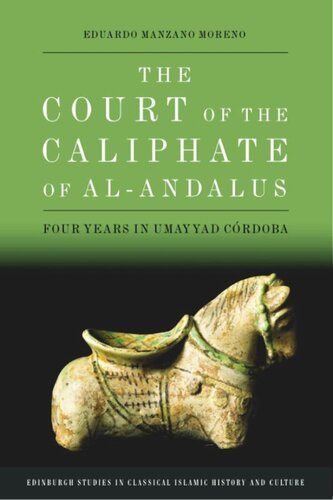

Most ebook files are in PDF format, so you can easily read them using various software such as Foxit Reader or directly on the Google Chrome browser.
Some ebook files are released by publishers in other formats such as .awz, .mobi, .epub, .fb2, etc. You may need to install specific software to read these formats on mobile/PC, such as Calibre.
Please read the tutorial at this link: https://ebookbell.com/faq
We offer FREE conversion to the popular formats you request; however, this may take some time. Therefore, right after payment, please email us, and we will try to provide the service as quickly as possible.
For some exceptional file formats or broken links (if any), please refrain from opening any disputes. Instead, email us first, and we will try to assist within a maximum of 6 hours.
EbookBell Team

5.0
30 reviewsDuring the second half of the 10th/4th century, the Umayyad caliphate of al-Andalus became a powerful political formation in Western Europe. Described by the contemporary German nun Hrotsvitha as the ‘ornament of the world’, Cordoba was the destiny of embassies and traders coming from places as far away as Constantinople, the Ottoman empire and Italy. The zenith of this political supremacy coincided with the rule of al-Ḥakam II (961-976 CE), whose name is associated with the enlargement of the mosque of Cordoba, the magnificent palatine city of Madīnat al-Zahrāʼ and the rich caliphal library which housed Arab, Latin and Hebrew manuscripts.
This book is based on an extraordinary source that had never been the subject of a comprehensive study: the annals written by an official and chronicler of the caliph’s court, ‘Īsà b. Aḥmad al-Rāzī, who carefully annotated the big and small events of the court. Used by Ibn Ḥayyān to compose one of the volumes of his celebrated Muqtabis, these ‘annals’ have come to us in a substantial fragment of more than 135 folia that cover the period from June 971 to July 975 CE. This source provides an eye-witness account of the caliphate, which describes with stunning detail all the events, characters, places and narratives of the Umayyad caliphate, and is a fundamental work in helping us to understand the configuration of the Mediterranean in the 10th century CE.